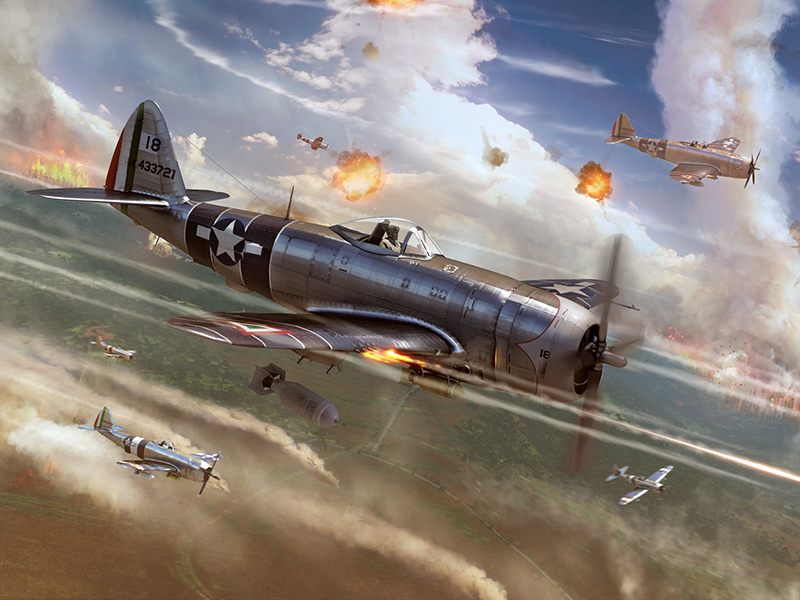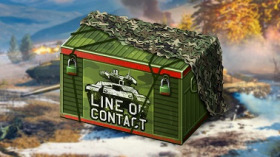
- For PC
- For MAC
- For Linux
- OS: Windows 10 (64 bit)
- Processor: Dual-Core 2.2 GHz
- Memory: 4GB
- Video Card: DirectX 11 level video card: AMD Radeon 77XX / NVIDIA GeForce GTX 660. The minimum supported resolution for the game is 720p.
- Network: Broadband Internet connection
- Hard Drive: 23.1 GB (Minimal client)
- OS: Windows 10/11 (64 bit)
- Processor: Intel Core i5 or Ryzen 5 3600 and better
- Memory: 16 GB and more
- Video Card: DirectX 11 level video card or higher and drivers: Nvidia GeForce 1060 and higher, Radeon RX 570 and higher
- Network: Broadband Internet connection
- Hard Drive: 75.9 GB (Full client)
- OS: Mac OS Big Sur 11.0 or newer
- Processor: Core i5, minimum 2.2GHz (Intel Xeon is not supported)
- Memory: 6 GB
- Video Card: Intel Iris Pro 5200 (Mac), or analog from AMD/Nvidia for Mac. Minimum supported resolution for the game is 720p with Metal support.
- Network: Broadband Internet connection
- Hard Drive: 22.1 GB (Minimal client)
- OS: Mac OS Big Sur 11.0 or newer
- Processor: Core i7 (Intel Xeon is not supported)
- Memory: 8 GB
- Video Card: Radeon Vega II or higher with Metal support.
- Network: Broadband Internet connection
- Hard Drive: 62.2 GB (Full client)
- OS: Most modern 64bit Linux distributions
- Processor: Dual-Core 2.4 GHz
- Memory: 4 GB
- Video Card: NVIDIA 660 with latest proprietary drivers (not older than 6 months) / similar AMD with latest proprietary drivers (not older than 6 months; the minimum supported resolution for the game is 720p) with Vulkan support.
- Network: Broadband Internet connection
- Hard Drive: 22.1 GB (Minimal client)
- OS: Ubuntu 20.04 64bit
- Processor: Intel Core i7
- Memory: 16 GB
- Video Card: NVIDIA 1060 with latest proprietary drivers (not older than 6 months) / similar AMD (Radeon RX 570) with latest proprietary drivers (not older than 6 months) with Vulkan support.
- Network: Broadband Internet connection
- Hard Drive: 62.2 GB (Full client)
Special: From January 15th 1pm GMT (5am PST) to January 16th 1pm GMT (5am PST)
-30% discount on purchase, +30% RP gained for P-47D-25 and P-47D-28 Thunderbolt
The Aztec Eagles
Mexico entered World War II in 1942 after German submarines sank two Mexican oil tankers that were delivering oil to the United States. Mexico, devastated by the recent Revolution and economical troubles, was not ready for a full-scale involvement in the Allied operations in the Pacific and Europe. But president Manuel Ávila Camacho desperatly wanted to accept the challenge thrown down by the Axis countries; and so he assigned a Mexican Air Force unit to the United States Army Air Force fighting in the Pacific. It was a harsh decision, considering the countries’ complicated relationship after the Mexican–American War of 1846-1848 that resulted in Mexico losing one third of its territory.
Escuadrón 201 was composed of volunteers; 30 experienced pilots and more than 250 ground officers, mechanics and radiomen left Mexico on July, 24 1944. Crowds cheered the young airmen, singing the traditional despedidas ("farewells") on every train station on their way to Texas, where the Mexicans joined the retraining program. The unit had 7 months to learn to fly the new lend-lease supplied Republic P-47 Thunderbolt, service the aircraft and properly coordinate the operations with the US Army command. The training was truly rough (one Mexican pilot did not survive it) and was even more difficult because the foreigners had to overcome the language and cultural barriers, discredit and sometimes downright racism. But despite all that Escuadrón 201 (or Aztec Eagles as they called themselves) were honored with graduation ceremonies on February the 20th, 1945 and left for the Philippines.
The Mexicans started to participate in combat missions in June. They provided air support for the advancing american troops on the islands of Luzon and Formosa, participated in patrol missions, dive bombed targets in the port of Karenko, covered the Philippine guerilla army units, escorted American naval convoys. And while the pilots were in the air, the ground crew members had to participate in a number of fire fights, even capturing two Japanese soldiers in one of them.
The 201st Mexican Squadron pilots made a total of 791 sorties, spent 2800 hours in the air, dropped 570 tonns of bombs. Some sources give them credit for putting up to 30.000 Japanese soldiers out of combat as well as destroying multiple buildings and vehicles. But their biggest contribution was that the Aztec Eagles showed Mexico’s sincere dedication to participate in the Allied collective effort in World War II.
War Thunder team




